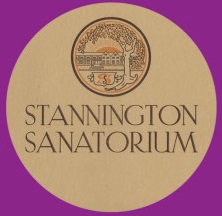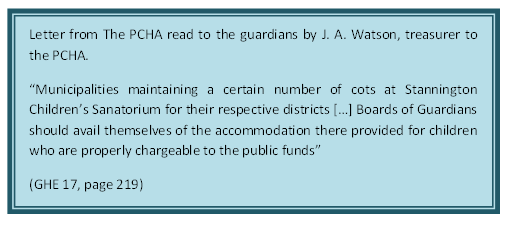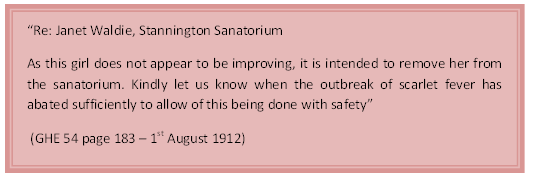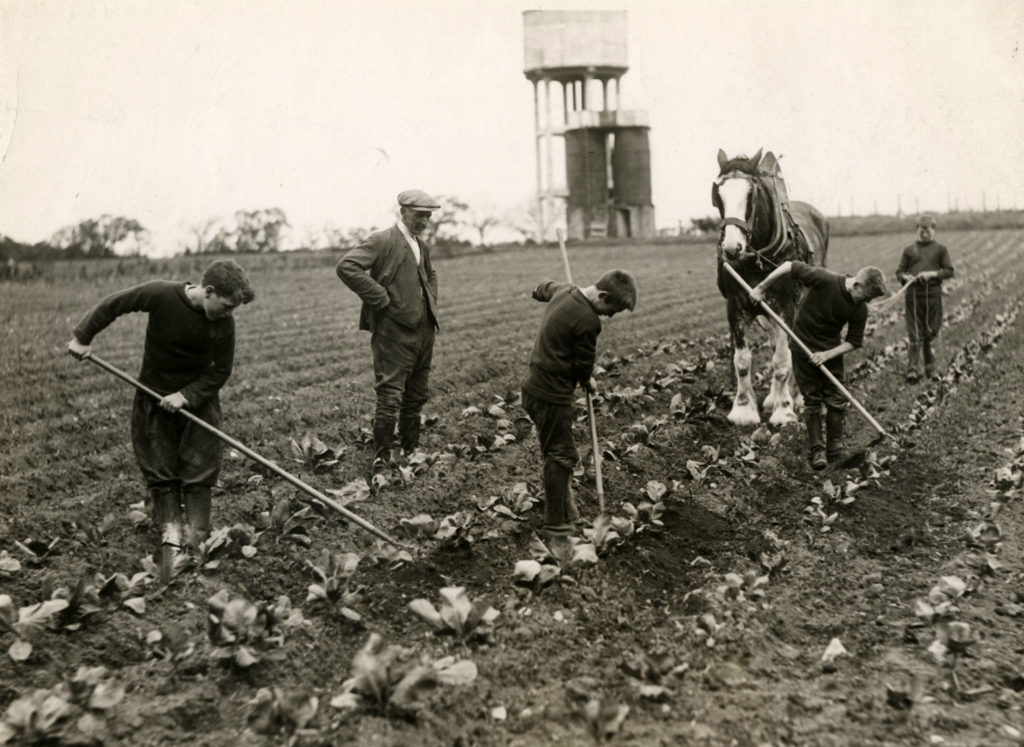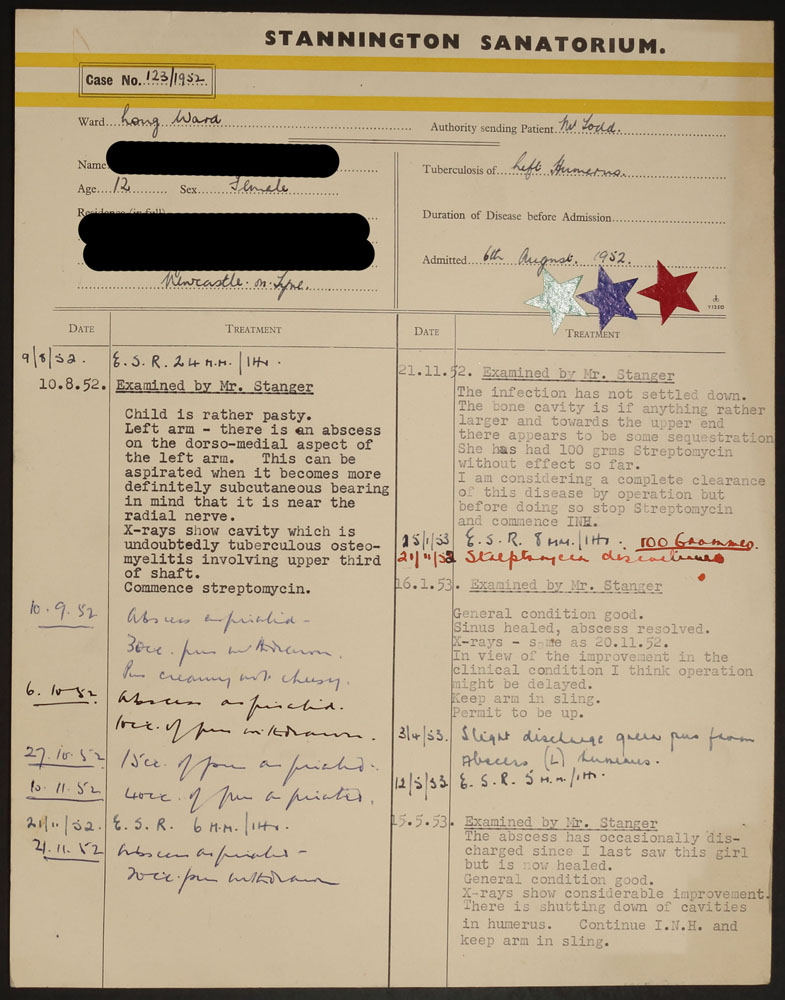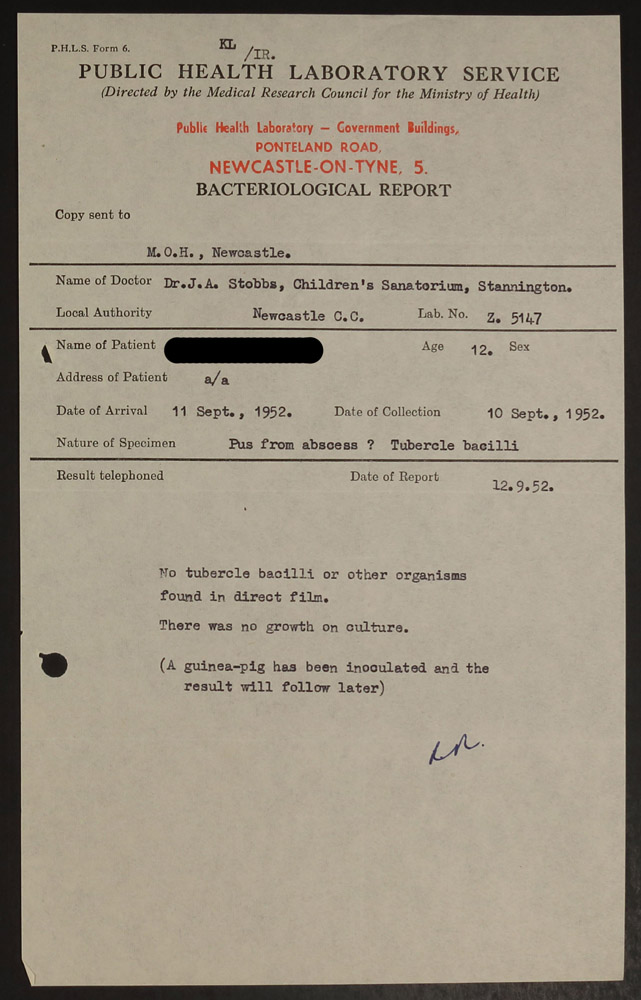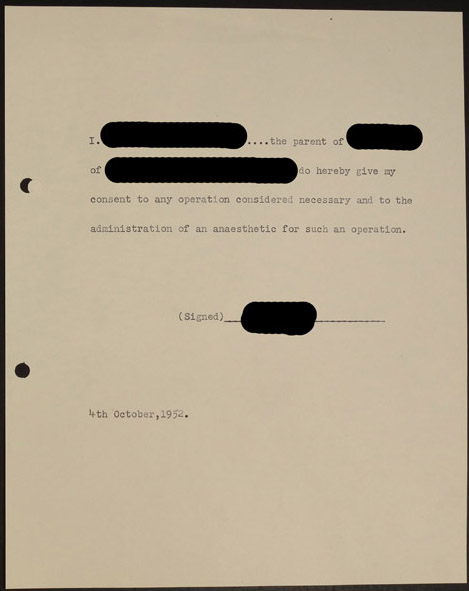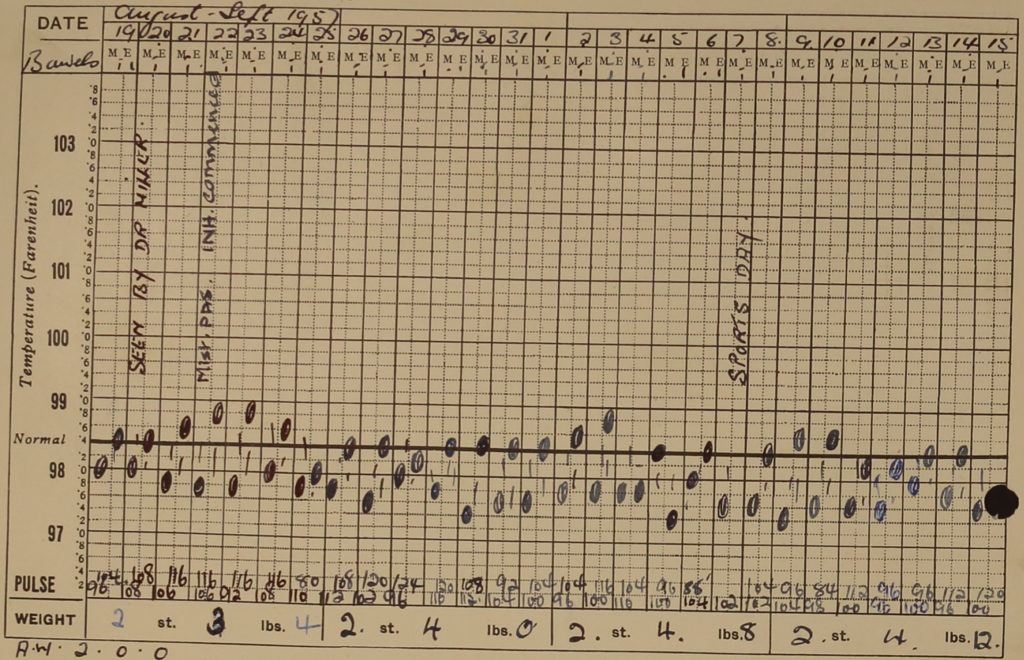
Sports Day was one of the biggest days in the Stannington patient’s calendar, and they didn’t come much bigger than that on the 7th September 1957, the 50th Jubile e of the Sanatorium. Sports Day is one of the few occasions we are lucky to have photographs of from different decades at Stannington, and though the events on the day must have varied through the years, we can use our records to find out a little of how they went. Below is a programme from the 1949 Sports Day, fortunately saved for us as it was accidentally included in a patient’s file.
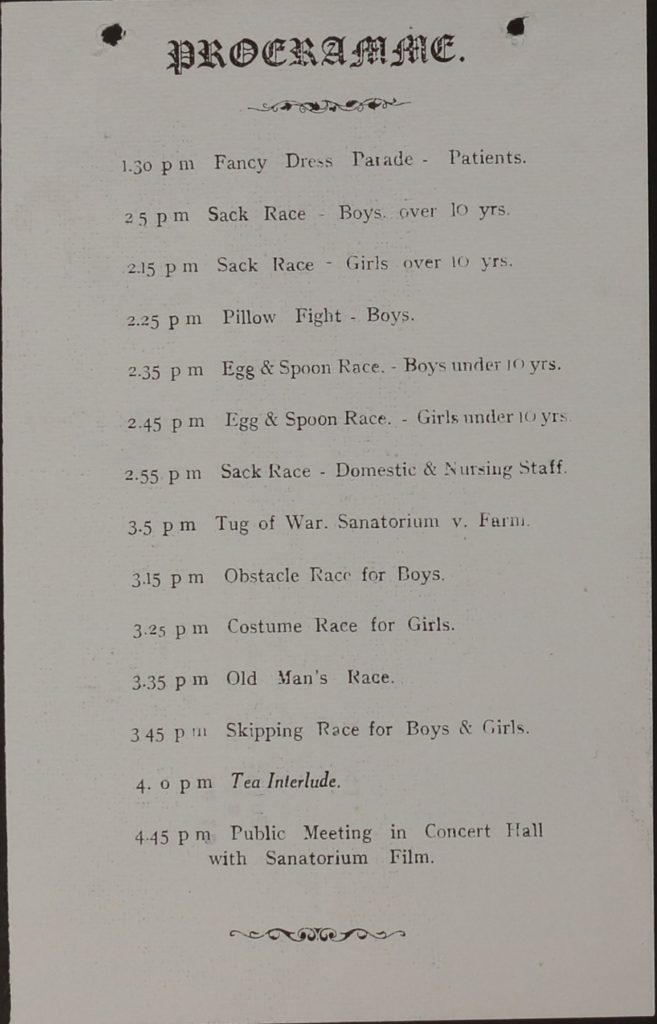
The day began with the fancy dress parade. The patients dressed up in a huge variety of costumes, and the event was immensely popular among the patients. It even proved a draw for those who had left. We have a letter included in a patient file asking if a former patient could return for the fancy dress ball and Sports Day. The parent said he ‘talked of nothing else but the fancy dress ball which is being held at the hospital in September’ asking if she could bring him ‘on the great day’. Sadly as at other times no children were allowed as visitors, Sports Day was a treat for the patients only.
Then the races began, which usually included the classic children’s Sports Day races like the egg and spoon race and sack race. Many of the children took the competition quite seriously. On the morning of the 1958 Sports Day a child was practicing running, and, unfortunate in choosing the veranda of Brough ward as a practice track, fell and cut their arm on the glass in the window.
The staff also competed in races, with a race for the nursing and domestic staff, and the programme shows there was a tug of war between the Hospital staff and the farm staff. Though the Farm Colony no longer existed by this time it is interesting to see a link was still kept with the farm. In the bottom of the 3 video clips below some of the staff can be seen participating in sack and running races, perhaps suggesting they took the competition as seriously as the children did.
However the jubilee year of the Sanatorium and Hospital in 1957 aimed to eclipse previous sports days. Though we have no programme of the day, fortunately for us it was recorded for posterity on a cine camera by Tom Temple, and deposited with us (V434). Tom was a market gardener by profession, inheriting the family business with his brother and producing vegetables like cabbages, sprouts, cauliflower, leeks, turnips, beetroot, and potatoes, as well as herbs, grain, rhubarb and gooseberries. He also acted as a Special Constable until the age of 70, and was awarded the Queen’s Medal for his service. However Tom’s hobby was cine film photography, and he took his camera everywhere, with sons Clive and Geoff in tow to carry his equipment. He filmed subjects such as the River Wansbeck from source to mouth, and would give shows of his films and talks at events and for groups such as the Rotary Club. Tom preferred to choose colourful subjects, and this is definitely the case with the Stannington Children’s Hospital Jubilee film. You can learn more about Tom’s family in his son Clive’s oral history (ref: T/722), and a number of his other films are deposited with Northumberland Archives. We have taken three sections of the 13 minute film to show some of the highlights of the 1957 Sports Day.
As in 1949 the day began with the fancy dress parade, and even bed-bound patients could dress up. Beds were brought out onto verandas, and we see other children lying on small beds on the grass. Judging must have been difficult, as the costumes were very inventive. There was often a topical nature to them, such as a little girl on the film who came dressed as Stannington’s 50th birthday cake.
Here we see all of the usual content of a Sports Day, as mentioned above, with children’s races, staff races, and pillow fights, with the inclusion of a bean bag race. The House Committee minutes for the 17th June 1957 show they planned to hire a band (the Morpeth Pipe Band are shown in the full footage) to provide incidental music, and tea parties would be given on the wards for patients and their parents, with others in the dining room for the committee and visitors. They also planned to include the usual fancy dress parade, races, and a parents’ race. Slideshows were given (perhaps these were also by Tom Temple?) and the patients were provided with ice cream and lemonade. The League of Friends decided to make a gift of a five shilling piece to each child in honour of the jubilee. The House Committee also planned to commemorate the jubilee year with a staff dance at the end of October.
The House Committee minutes for the 16th September decided that the Jubilee Sports Day had been:
“most successful and [the committee] resolved that thanks be recorded to members of the staff and all that had contributed to its success. It was further agreed that the secretary convey to the various organisations – League of Friends, Toc H, Round Table, Ladies circle, W.V.S., and Morpeth Pipe Band – grateful thanks for their generous co-operation and to Mr. T. Temple for his kindness in filming the proceedings.” HOSP/STAN/1/2/8
You can watch the whole 13 ½ minutes of Tom Temple’s footage of the Jubilee Sports Day on our online exhibition.

